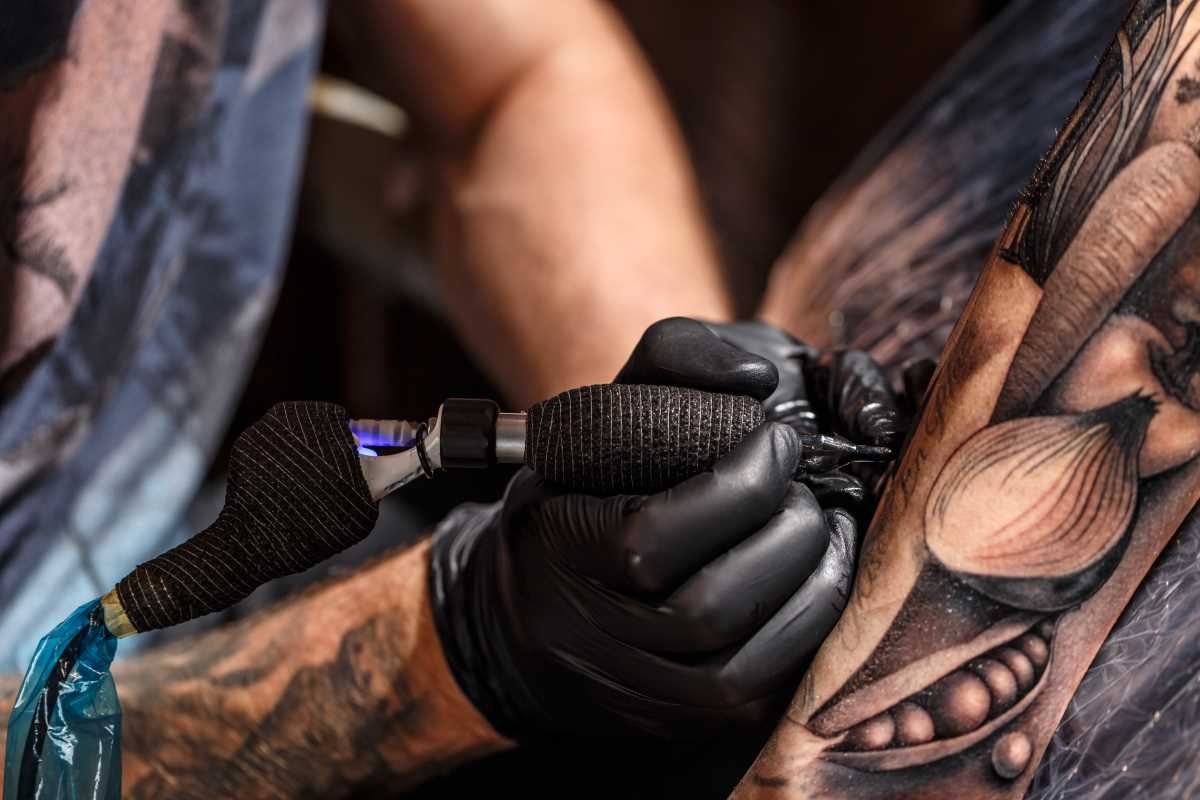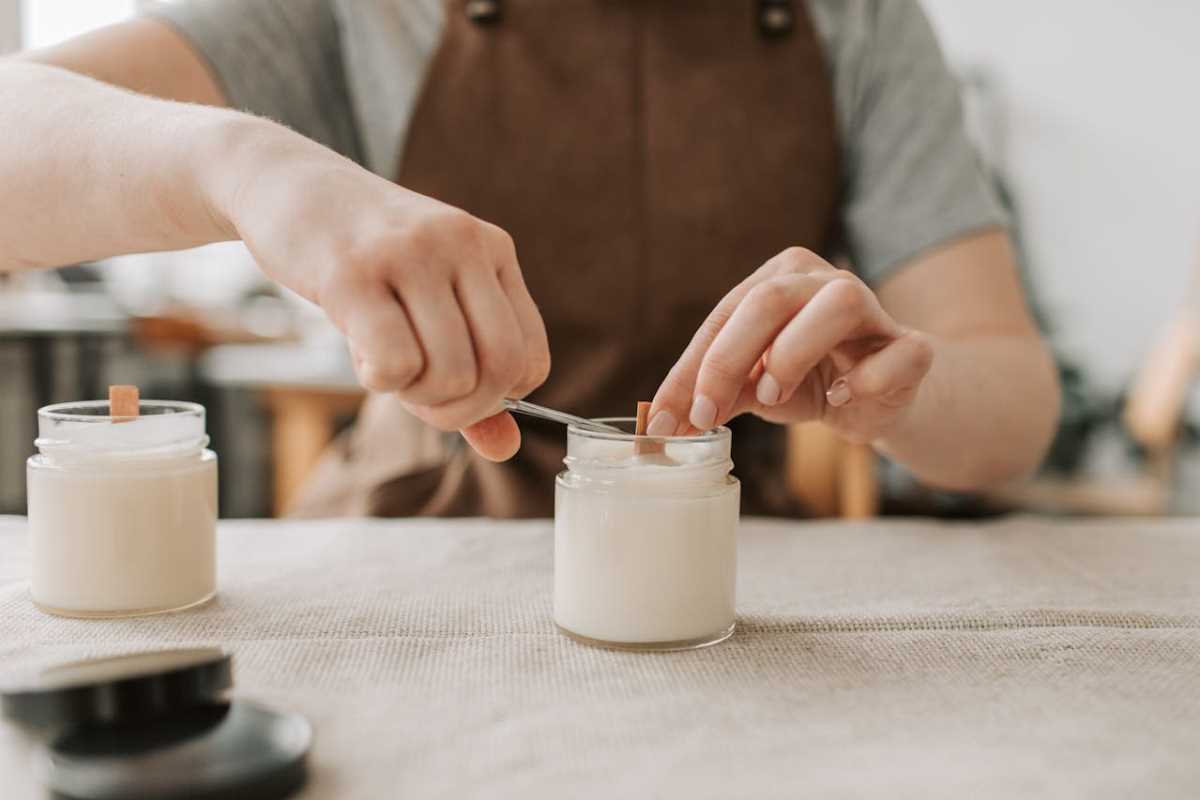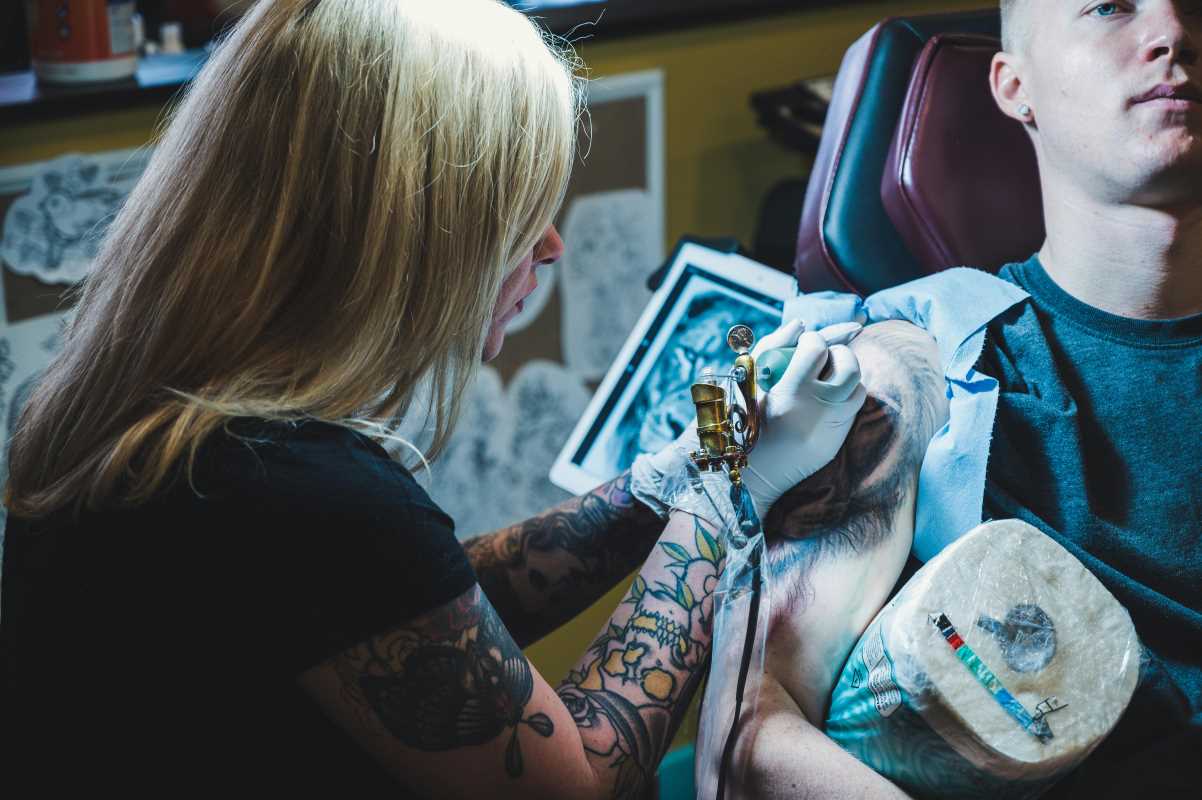Building a successful career as a painter today isn’t just about creating breathtaking artwork; it’s about effectively communicating your artistic vision to a wide audience. Marketing has become essential for painters to stand out in a competitive, digital-driven art world. From cultivating an online presence to using the right tools and platforms, the options for promotion are vast and accessible.
This guide focuses on modern marketing solutions tailored for painters. Whether you’re a seasoned artist or just getting started, these strategies will help you expand your reach, engage your audience, and sell your artwork.
1. Build a Compelling Online Presence
An online presence is your digital storefront. It serves as the hub for showcasing your work, connecting with your audience, and creating a professional persona.
Start With an Artist Website
A well-designed website is essential for establishing credibility and providing a central platform for buyers.
- Portfolio: Showcase high-quality images of your best and most recent work, organized into galleries or collections.
- E-Commerce Functionality: Make it easy for potential buyers to purchase your paintings by including an online store. Platforms like Squarespace, Shopify, or Wix integrate e-commerce seamlessly with beautiful design.
- About Page: Share your story as an artist. Discuss your inspirations, techniques, and creative process to connect emotionally with your audience.
- Contact Information: Always make it simple for clients or galleries to reach you. Include an email form or direct links to your social media.
Optimize for Mobile Devices
With over half of online traffic coming from mobile devices, ensure your website is responsive and mobile-friendly. This includes quick load times, easy navigation, and clear visuals, so potential buyers have a seamless experience.
2. Leverage Social Media
Social media platforms are powerful tools for painters to share their work, grow a fanbase, and connect directly with buyers.
Why Instagram Is a Must for Painters
Instagram’s visual-first nature makes it the ideal platform for promoting artwork.
- Consistent Posting: Share paintings, behind-the-scenes videos of your process, or time-lapse reels to keep followers engaged. Aim for 3-4 posts weekly.
- Use Stories and Reels: Stories allow you to update followers in real-time, while Reels can help reach new audiences through viral content. Regularly use hashtags like #ArtOfInstagram or #ArtCollector to boost discoverability.
- Engage With Your Audience: Reply to comments, run polls in your stories, and use direct messages (DMs) to build relationships with fans and collectors.
Experimenting With TikTok
TikTok has exploded as a platform for creatives, offering massive reach and the chance to go viral.
- Share process videos with trending music.
- Show your studio setup or the “making of” your artwork to give followers an insider’s view.
- Participate in art-related challenges and use niche hashtags like #ArtTikTok or #PainterLife.
Collaborate With Art Influencers
Identify art influencers or digital curators who share your artistic style or values. A collaboration or feature on their platform can introduce your work to thousands of new followers. Negotiate deals that could include giveaways, co-hosted live sessions, or shoutouts.
3. Sell Your Art on Online Marketplaces
Online art marketplaces take the stress out of managing transactions and showcase your work to a global audience.
Top Platforms for Painters
- Etsy: Ideal for painters selling affordable original work, prints, or limited editions. Its user-friendly interface and built-in customer base make Etsy a favorite for many artists.
- Saatchi Art: A platform specifically designed for fine art, making it great for selling higher-priced original pieces. Saatchi also assists with shipping logistics, simplifying international sales.
- Artfinder: This curated platform connects independent artists with buyers worldwide, focusing on promoting emerging talent.
Tips for Success on Marketplaces
- High-Quality Photos: Invest in professional photography to showcase your paintings in the best light. Include close-ups to highlight textures and details.
- Search Optimization: Write detailed product descriptions using relevant keywords like “abstract oil painting” or “large landscape original.”
- Regular Updates: Add new listings regularly to stay visible and show potential buyers that you’re an active creator.
4. Use Email Marketing
Email marketing may feel old-fashioned, but it remains one of the most effective tools for building a loyal following and driving sales.
How to Build an Email List
- Offer Something Valuable: Incentives like a small free digital print, an exclusive discount, or early access to upcoming collections can encourage people to subscribe.
- Prominent Website Placement: Include an email sign-up form on your homepage, blog posts, and online store.
What to Include in Your Emails
- Announce new works or collections.
- Share behind-the-scenes insights, upcoming events, or exhibitions.
- Offer exclusive promotions or pre-sale access to limited pieces.
Use platforms like Mailchimp or ConvertKit to automate your emails and track open rates, click-throughs, and conversions.
5. Prioritize Your Branding
Your branding sets you apart from other painters and tells the story of your artistic vision. Consistency across all platforms is key to building a recognizable and professional image.
Establish a Strong Visual Identity
- Logo & Color Palette: Choose elements that resonate with your style and medium.
- Typography: Use consistent fonts across your website, social media, and marketing materials.
Develop a Compelling Artist Statement
This serves as your “elevator pitch.” Write a professional yet personal statement that shares what inspires your work and why it’s unique. Use this across your website, social media bios, and emails.
Showcase Testimonials and Reviews
Including client testimonials or collector reviews on your website and social media adds trust and credibility. It reassures buyers that your artwork is worth the investment.
6. Use Analytics and Insights
To refine your marketing strategies, keep track of what’s working and what isn’t using analytics tools.
Digital Tools to Consider
- Instagram Insights: See which posts resonate most with your audience, where your followers are located, and when they’re online.
- Google Analytics: Use it to track website visitors, including which pages they visit most and how they found your site.
- Etsy Analytics or Saatchi Insights: Online marketplaces often have built-in tools to measure sales, views, and audience demographics.
By analyzing this data, you can make informed decisions about what art to promote, which social platforms to prioritize, and how to tailor your messaging.
7. Offer Interactive Experiences
Interactive experiences engage your audience and create lasting impressions.
- Host Virtual Studio Visits: Use Zoom or Instagram Live to invite followers into your creative space. Allow them to ask questions and see your process in action.
- Workshops or Tutorials: Teach a class on your painting techniques through platforms like Eventbrite or Patreon. This earns you extra income, and helps draw loyal fans who feel connected to your craft.
 (Image via
(Image via





